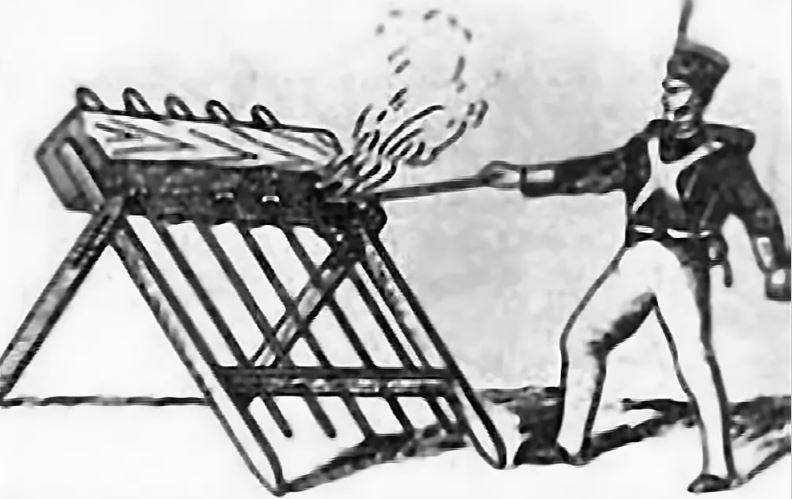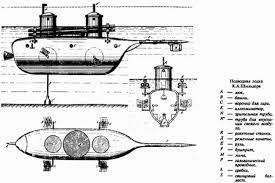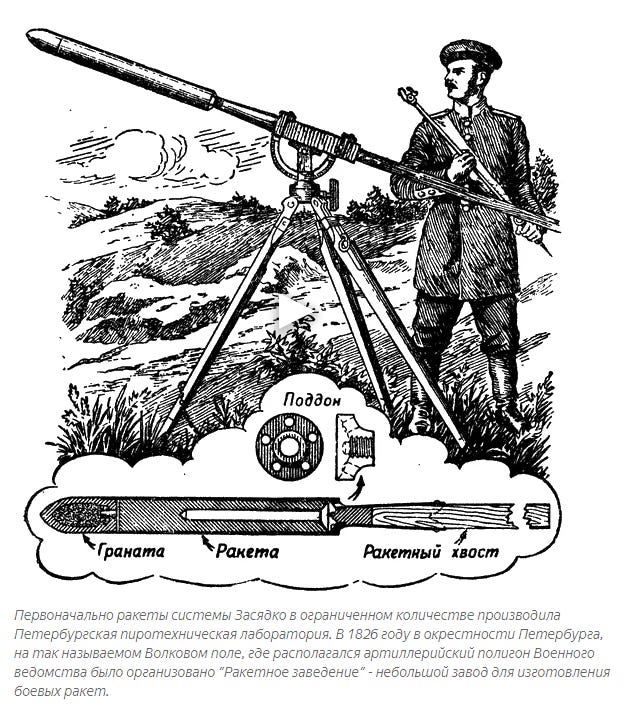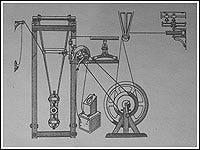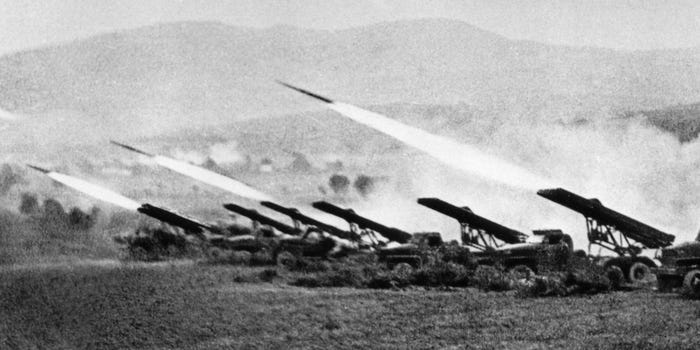INTRODUCTION
Rocketry as an academic field evolved in the early 20th century with pioneers like Tsiolkovsky presenting their foundational results, and later was followed by stalwarts from all across the world. Before the academic establishment, its only existence was for practical purposes, like in war or as an experimental hobby. The results of several experiments have led to various interesting inventions and, together, contributed to the development of the field.
The first pioneers in this field were the people who inhabited lands east of the European heartland—the very same lands considered living space by Adolf Hitler.
In the first half of the 20th century, there were three major centers producing developmental research on rocket propulsion and related fields: Russia (the USSR after the October Revolution), the USA, and Germany. In Russia, fundamentals were laid down and refined thoroughly by a Russian experimentalist, Konstantin Tsiolkovsky, whose work was later followed up and corroborated by Robert Goddard (1919) and Herman Oberth (1923). All three countries were attempting breakthroughs within their capacities as well as in active collaboration with academicians from France and the United Kingdom.
We very often hear and read about the "American history of rocketry", but seldom do we notice the events that transpired across Europe. This skewed narrative does immense injustice to the other researchers and, collectively, to the pursuit of science. While academic researchers have glanced at this part of the world, their work still largely remains under the heaves of misunderstood popular narratives. Add to that contemporary politics taking on its dystopian form as historical revisionism.
Through these series of articles, we aim to shed light on events that led to the development of rockets and propulsion systems in the Soviet Union, starting in the Russian Empire. The structuring of our pieces follows a chronological order of technical development, with special emphasis on the people and institutions involved.
So hop on this marathon as we travel back in time and trace the seeds of ingenuity sown 150 years before the advent of human spaceflight.
Gunpowder rockets
Rockets propelled with gunpowder in Russia have roots as early as 1680 when “Rocket manufacturing establishment” was set-up in Moscow. Later in 18th and 19th centuries several production units were set-up all over the country for primary purposes in military affairs.
Early contributions in this field were by Russian scientists and ballistics experts namely; A. D. Zasyadko, K. I. Kontantinkov, M. M. Pomortsev and N. I. Tikhomirov.
A.D. Zasyadko born in family of “Little Russian nobles” later graduated as a lieutenant artillery officer was a Russian military officer who later designed rockets for military uses after his experiences with British rockets in “Battle of the Peoples” near Leipzig. In 1814, he began working on military rockets and 3 years later in 1817 exhibited them in St. Petersburg with a range of 2,670 meters. This prompted establishment of a rocket institution in St Petersburg in 1826 for the military. His later iterations led to rockets of ranges 3100 meters and firing of up-to six rocket salvos.
In 1834, K. A. Shilder an engineer and an adjutant general designed a submarine equipped with six missiles for surface and underwater operation. He mounted 2 launchers comprising of 3 launch tubes each firing volley from all directions.
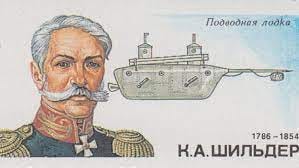
K. I. Konstantinov also known by his alias “Father of the Russian rocket engineering” was an artillery officer in Russian army. To study developments in rocketry in rest of Europe he was sent on an expedition “to collect use-full information concerning artillery”. A number of inventions followed his return from Europe. He was appointed the director of St. Petersburg rocketry institution in 1849 and later made head of rocket-manufacturing plant. There he delivered lectures on powder propelled rockets to artillery officers. He was man behind formulation of rocketry and its principles. From 1847 on, he concentrated on improving and building combat missiles and made a through study of their ballistic properties. Some of his work was at frontiers among his peers with ranges around 4-5 km.
He maintained that, “at any moment during the burning of a propellant composition the momentum imparted to the rocket is equal to that of the jet of gas”.
Later Tsiolkovsky too will arrive at the same result albeit with mathematical formulations.
He was the author of book titled “Combat missiles” in 1857 and wrote extensively in military magazines. His lectures were published under the title “About combat missiles” in 1864. He also was a designer of no of artillery instruments including an electrical ballistic device for measuring artillery shell velocity, an instrument to determine the altitude of flying signal flares, an optical range finder and a ballistic pendulum.

Further advancements in ballistics were done by M. M. Pomortsev in 1902. He experimented with different flight control surfaces on rockets. His rockets had ranges of 9 km. He also built pneumatic rocket which was tested at the aerodynamics institute in Kuchino. The air in steel cylinder was compressed to 100-125 ATM and gasoline or ether were injected for a combustible mixture. Another name forgotten here is N V Gerasimov who worked on gyroscopic rockets.

The irregular combustibility of black powder compounded by low efficiency led to search for other powders fuel. In 1915 I. P. Grave suggested using long burning extruded pyroxylin propellants. Following year, cylindrical pyroxylin grains, 70 mm in diameter, were made at the Shlissenburg Powder plant and tested. Only shortcoming here was of volatile solvent leading to unstable combustion and grain geometry. Stable powder with non-volatile solvent wad developed by S. A. Serikov manufactured at Gas Dynamics Laboratory.
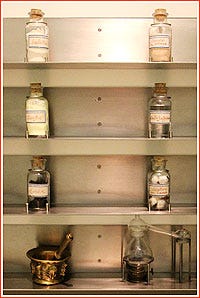
Further developments were done in GDL headed by N I Tikhomirov when upon examining his work on smokeless powder, scientific committee approved his work and 5 years later inception of the Laboratory begun. He was allotted necessary tools and resources to conduct experiments. By the time such propellant were developed the laboratory had been shifted to Leningrad. On 3 March 1928, the first launch of a rocket on smokeless powder was carried out at one of the training grounds in the Leningrad region, which had a range of about 1,300 metres. This design served as the foundation for the creation of rockets for the famous Katyusha rocket launcher. In July 1928, the laboratory was rehauled, considerably expanded in 1928 and named Gas Dynamics laboratory (GDL).
The laboratory was a nurturing step in its own right being the only in Soviet union to specifically engaged in rocketry and came under Military Research Committee of USSR revolutionary Military Council. The GDL occupied part of a one-story building at the artillery test ground near Leningrad.
In formative years GDL comprised of 5 sections and workshops located at six places in Leningrad. First section has it work on development of powder propelled missiles following the footsteps of Tikhomirov and successfully followed by B. S. Petropavlovsky, G. E. Langemak, V. A. Artemyev. The smokeless powder rockets of various calibers were successfully tested at proving ranges and in simulated battle conditions in 1932-33. Later they were further improved at Research Institute of Jet Propulsion and were widely employed with devastating effects during the WW2. The mobile launchers, infamously dubbed as Katyusha, became a weapon of terror among the enemy troops.
Between 1930 and 1933 the GDL developed rocket missiles with calibers of 82, 132, 245, and 410 mm, as well as small calibers. By the end of 1933 the GDL had developed 9 types of rocket missiles which were successfully tested and officially approved.
Between 1927 and 1933 the third section of GDL developed assisted take-off powder rockets for light and heavy aircrafts (U-1, TB-1, TB- 3 types). This was first case of rocket assisted take-off in world at that time. The official tests of TB-1 heavy bomber, conducted in 1933, showed its take-off run to be 77% shorter owing to use of rockets.
GDL specialized in varieties of propulsion systems including solid, liquid as well as electric propulsion. It later was morphed into and merged with other institutions. Some major contributions to Soviet Space program was initiated at this institute. We will take a deep dive into GDL and its work in later editions of this series.






